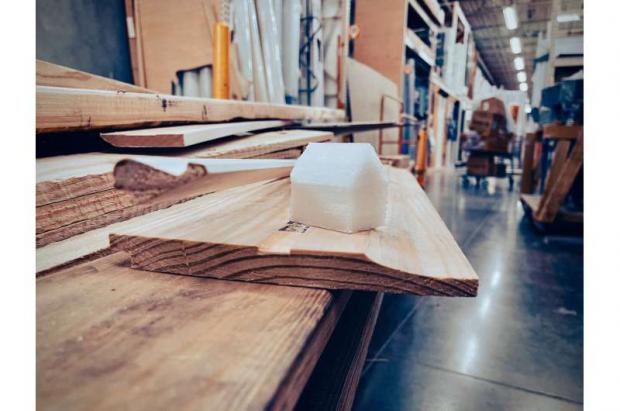
Breaking News
 "TEST Her First!" - Do This BEFORE You Get Married | Charlie Kirk
"TEST Her First!" - Do This BEFORE You Get Married | Charlie Kirk
 AI, Inevitability, & Human Sovereignty
AI, Inevitability, & Human Sovereignty
 Researchers Found Unvaccinated Children Healthier Than Vaccinated, Didn't Publish Findings
Researchers Found Unvaccinated Children Healthier Than Vaccinated, Didn't Publish Findings
 The Five Most Likely Outcomes From The Russian Drone Incursion Into Poland
The Five Most Likely Outcomes From The Russian Drone Incursion Into Poland
Top Tech News
 Tesla Megapack Keynote LIVE - TESLA is Making Transformers !!
Tesla Megapack Keynote LIVE - TESLA is Making Transformers !!
 Methylene chloride (CH2Cl?) and acetone (C?H?O) create a powerful paint remover...
Methylene chloride (CH2Cl?) and acetone (C?H?O) create a powerful paint remover...
 Engineer Builds His Own X-Ray After Hospital Charges Him $69K
Engineer Builds His Own X-Ray After Hospital Charges Him $69K
 Researchers create 2D nanomaterials with up to nine metals for extreme conditions
Researchers create 2D nanomaterials with up to nine metals for extreme conditions
 The Evolution of Electric Motors: From Bulky to Lightweight, Efficient Powerhouses
The Evolution of Electric Motors: From Bulky to Lightweight, Efficient Powerhouses
 3D-Printing 'Glue Gun' Can Repair Bone Fractures During Surgery Filling-in the Gaps Around..
3D-Printing 'Glue Gun' Can Repair Bone Fractures During Surgery Filling-in the Gaps Around..
 Kevlar-like EV battery material dissolves after use to recycle itself
Kevlar-like EV battery material dissolves after use to recycle itself
 Laser connects plane and satellite in breakthrough air-to-space link
Laser connects plane and satellite in breakthrough air-to-space link
 Lucid Motors' World-Leading Electric Powertrain Breakdown with Emad Dlala and Eric Bach
Lucid Motors' World-Leading Electric Powertrain Breakdown with Emad Dlala and Eric Bach
 Murder, UFOs & Antigravity Tech -- What's Really Happening at Huntsville, Alabama's Space Po
Murder, UFOs & Antigravity Tech -- What's Really Happening at Huntsville, Alabama's Space Po
3D-printable phase-change materials insulate buildings better at scale

Phase-change materials (PCMs) show promise for this, and now engineers at Texas A&M have developed a new PCM composite that can be 3D printed.
The name "phase-change materials" is pretty self-explanatory – these materials will switch between phases of matter as the temperature changes. One of the most promising applications for this technology is insulation: the PCM melts into a liquid as it absorbs heat, cooling its surroundings. As the ambient temperature cools, the material will solidify again, releasing its stored heat.
In the past, PCMs have been used in coffee cups to keep hot drinks hot, fabrics that keep wearers warm or cool as needed, liquid coatings that prevent frost build-up, and in building materials that better regulate indoor temperature. It's that last one that the researchers on the new study wanted to improve.
Previous PCMs have been rather inefficient and costly, because they need a shell to contain their liquid form. That means pellets of PCMs need to be embedded into a building material, but fewer of them can fit in that form, and it can be difficult to scale that production.
For the new study, the Texas A&M researchers looked to mix a PCM directly into a building material. They mixed paraffin wax, as the PCM, with liquid resin as the supporting structure, creating a soft, paste-like material that can be shaped as needed. Once it's in the desired shape, it can be cured with UV light to harden the resin.



